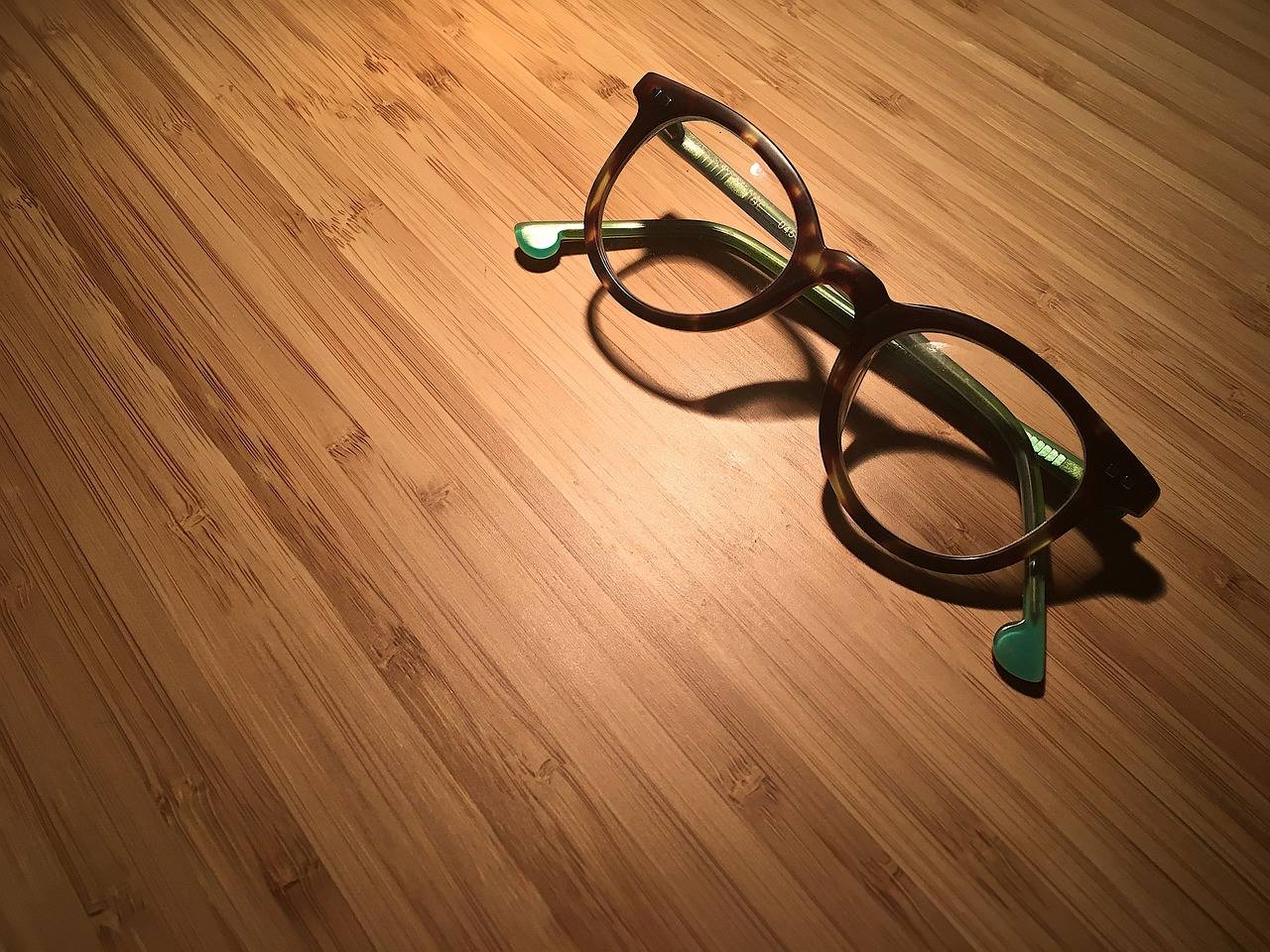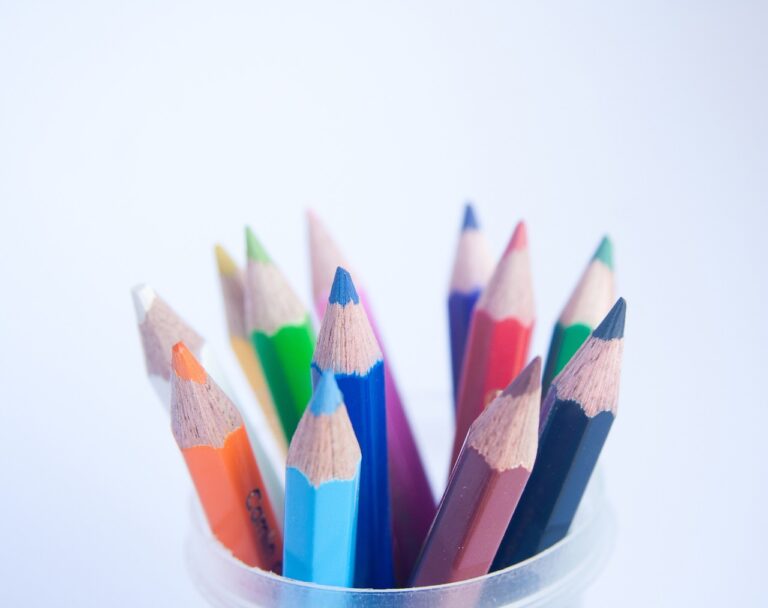Exploring the Benefits of Experiential Learning in Arts Education
Hands-on experience in arts education offers countless advantages for students of all ages. Engaging in practical activities like painting, sculpting, and performing allows individuals to develop their creativity in a way that theory alone cannot achieve. Through hands-on experience, students can explore their artistic talents and refine their skills in a more interactive and immersive manner.
One of the key benefits of hands-on experience in arts education is the opportunity for students to experiment and make mistakes without fear of judgment. This type of learning environment fosters a growth mindset, encouraging learners to take risks and push the boundaries of their creativity. By actively participating in artistic activities, individuals can gain a deeper understanding of different techniques and mediums, ultimately honing their artistic abilities.
The Impact of Experiential Learning on Creativity
Experiential learning plays a pivotal role in fostering creativity among individuals. When students actively engage in hands-on activities, they are able to explore their imagination and push the boundaries of traditional thinking. By immersing themselves in practical experiences, learners are encouraged to think outside the box and experiment with new ideas without the fear of failure. This process cultivates a mindset that values innovation and originality, leading to the development of unique perspectives and creative solutions to complex problems.
Moreover, experiential learning provides individuals with the opportunity to hone their critical thinking skills in a real-world context. By facing challenges and obstacles in a hands-on setting, students are forced to analyze situations, make decisions, and adapt their strategies accordingly. This process not only enhances their problem-solving abilities but also encourages them to think creatively in order to overcome barriers and find effective solutions. Through experiential learning experiences, individuals are able to develop a holistic approach to creativity that encompasses both imagination and strategic thinking.
How does hands-on experience in arts education benefit students?
Hands-on experience in arts education allows students to engage with and explore different artistic mediums, techniques, and styles, fostering creativity and critical thinking skills.
How does experiential learning impact creativity?
Experiential learning has been shown to enhance creativity by providing students with opportunities to problem solve, think critically, and innovate through hands-on experiences and real-world applications.
Can experiential learning help students develop their artistic skills?
Yes, experiential learning can help students develop their artistic skills by allowing them to practice and refine their techniques through active participation and application in a creative environment.
What are some ways educators can incorporate experiential learning into arts education?
Educators can incorporate experiential learning into arts education by organizing hands-on workshops, field trips to art museums or galleries, collaborative art projects, and interactive demonstrations.
How can students benefit from experiential learning in the arts?
Students can benefit from experiential learning in the arts by gaining a deeper appreciation for art, improving their creative skills, boosting their confidence, and developing a greater sense of self-expression and identity through hands-on experiences.






